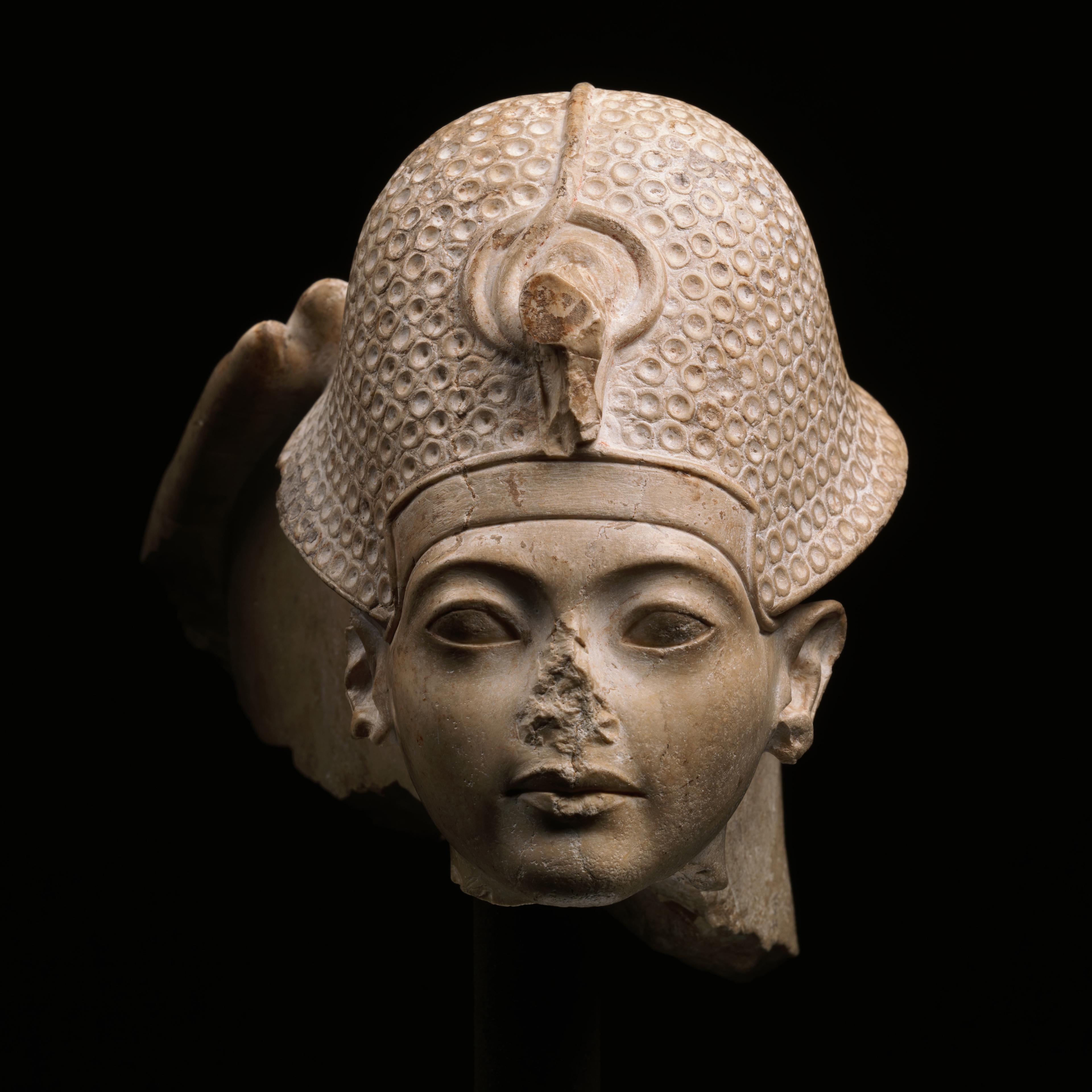Tutankhamun: Commemorating 100 Years
On November 4, 1922 a team of Egyptian workers led by Howard Carter and financed by Lord Carnarvon uncovered the Tomb of King Tutankhamun. To mark this centennial, the Department of Egyptian Art has devised a self-guided tour through our New Kingdom galleries called Tutankhamun’s World. It will allow visitors to explore, through a series of special labels, the people, places, and objects that defined the Egypt of Tutankhamun. In addition, an installation of thirty photographs in Gallery 132 focuses on photographs Harry Burton took during the excavation of the tomb. His photographs of the pharaoh’s “treasures” are famous but this installation highlights lesser-known images that are more intimate and draw a human connection.
Explore The Met's celebration of the centennial of the discovery of the Tomb of King Tutankhamun.
Tour and Installation
More about Tutankhamun
Tutankhamun's Funeral details the discovery of the remains from the embalming and funeral of Tutankhamun and provides a revealing look at the unfolding process of archaeology.
This volume captures both the excitement and the tension surrounding the painstaking work of removing and preserving all of the almost fifty-four hundred individual objects that filled Tutankhamun's tomb.
Browse The Met's archival material related to Howard Carter, the director of the excavation of the Tomb of King Tutankhamun.
Watch Nicholas Reeves discuss scholarship on Tutankhamun's exquisite mask as he reveals the astonishing secret of this object's original intent.
Jump in the Time Machine to learn about Tutankhamun!
